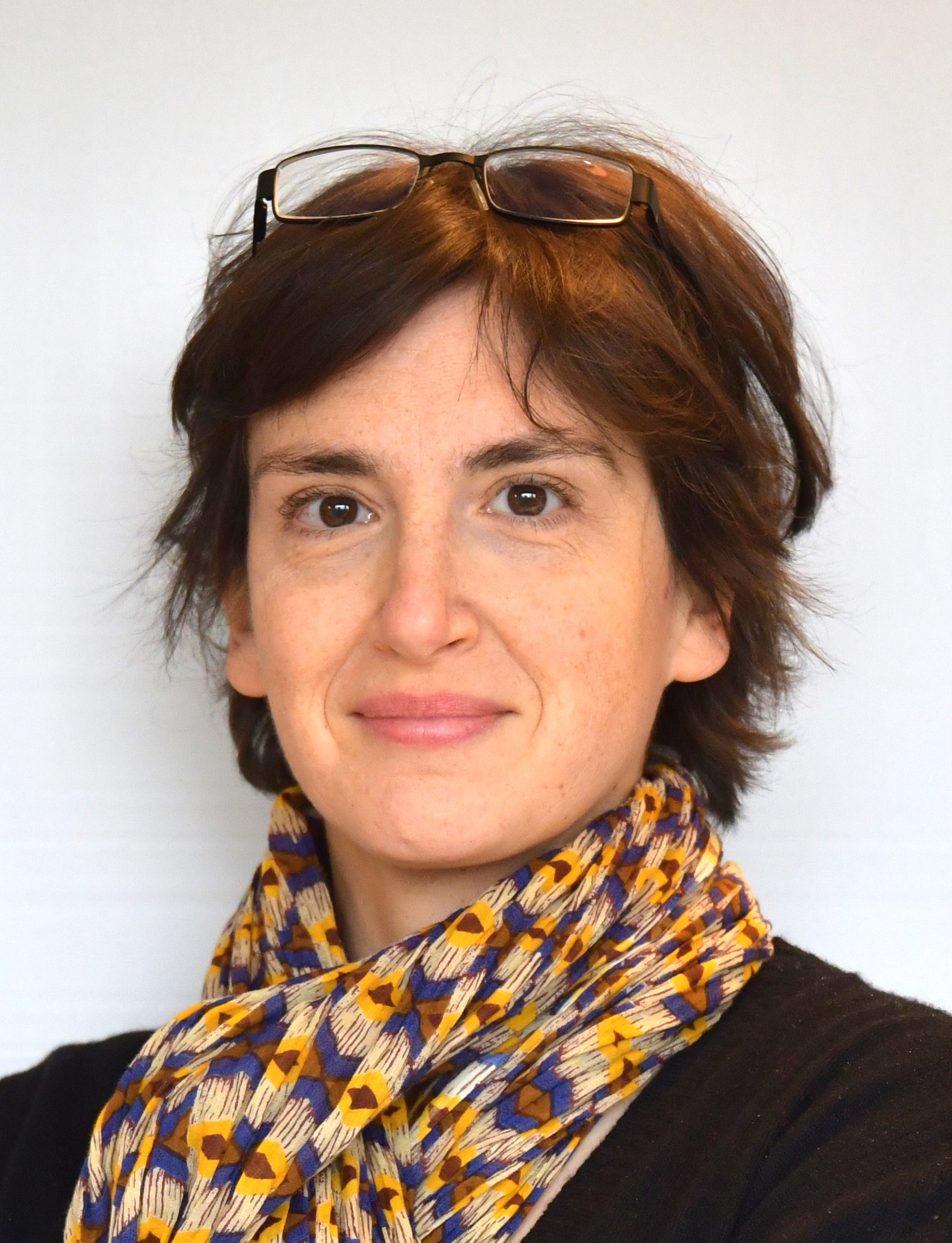Full professor, Head of unit

Université Libre de Bruxelles
Ecologie des Systèmes Aquatiques CP-221
Boulevard du Triomphe
B-1050 Bruxelles
Phone: +32 (0)26505924
Fax: +32 (0)26505993
Email: Isabelle.George@ulb.be
Research topics
- Aquatic microbial communities : phylogenetic diversity, spatio-temporal dynamics, metabolic activity, and resistance/resilience in human-impacted environments
- Symbioses between microbes and marine invertebrates from Atlantic, Mediterranean and Antarctic coastal environments (urchins, corals, sponges, fish)
- Antagonistic and cooperative relationships among bacteria : ecological fundament and biotechnological potential
- Isolation and characterization of as yet uncultured bacteria
Short CV
- 2023 : Full Professor, Brussels School of Bioengineering, Université Libre de Bruxelles, Belgium
- 2010: Associate Professor, School of Bioengineering/Department of Biology, Université Libre de Bruxelles, Belgium
- 2009-2010: Postdoctoral Researcher, Université Catholique de Louvain, Belgium
- 2004-2008: Postdoctoral Researcher, Fonds National de la Recherche Scientifique, Université Catholique de Louvain, Belgium
- 2001-2003: Marie Curie Postdoctoral Fellow, BioCentrum, Technical University of Denmark, Denmark
- 1997-2001: PhD candidate, Fonds National de la Recherche Scientifique, Université Libre de Bruxelles, Belgium
Expertise
- Environmental Molecular Microbiology
- Bacterial Physiology
- Bacterial interactions
- Genomics
Teaching
- Évolution et diversité des bactéries et des archées (BIOL-F210) (bachelor 2 level)
- Ecologie générale (BIOL-F309) (bachelor 3 level)
- Microbiologie générale et environnementale (BING-F301) (bachelor 3 level)
- Ecosystèmes aquatiques : fonctionnement et paramètres de qualité de l’eau (BING-F458) (master 1 level)
- Environmental challenges faced by the Danube river (CIVIS course, bachelor 3/master 1 level)
Some Publications
Barberoux V., Anzil A., Meinertzhagen L., Nguyen-Dinh T., Servais P., George I.F. (2025). Spatio–temporal dynamics of bacterial community composition in a Western European watershed, the Meuse River watershed, FEMS Microbiology Ecology, 101 (4): fiaf022. https://doi.org/10.1093/femsec/fiaf022
Meunier L, Costa R, Keller-Costa T, Cannella D, Dechamps E, George I.F. (2024). Selection of marine bacterial consortia efficient at degrading chitin leads to the discovery of new potential chitin degraders. Microbiology Spectrum 12:e00886-24. https://doi.org/10.1128/spectrum.00886-24
Lilli G., Sirot Ch., Campbell H., Hermand F., Brophy D., Flot J.-F., Conor T. G., George I.F. (2024). Do fish gut microbiotas vary across spatial scales? A case study of Diplodus vulgaris in the Mediterranean Sea, Animal microbiome vol. 6(32), doi: https://doi.org/10.1186/s42523-024-00319-2
Jimenez Rodriguez, A., Dechamps E., Giaux A., Goetghebuer, L., Bauwens, M., Willenz, P., Flahaut, S., Laport, M. S., George I.F. (2022). The sponges Hymeniacidon perlevis and Halichondria panicea are reservoirs of antibiotic-producing bacteria against multi-drug resistant Staphylococcus aureus. Journal of Applied Microbiology, vol. 31(2). doi: 10.1111/jam.14999
Goetghebuer, L., Bonal, M., Faust, K., Servais, P., George, I. (2019). The dynamic of a river model bacterial community in two different media reveals a divergent succession and an enhanced growth of most strains compared to monocultures. Microbial Ecology. 78 (2): 313-323
E. Bouhajja, M. McGuire, M.R. Liles, G. Bataille, S.B. Agathos, I.F. George. (2016). Identification of novel toluene monooxygenase genes in a hydrocarbon-polluted sediment using sequence- and function-based screening of metagenomic libraries. Applied Microbiology and Biotechnology 101 (2) : 797-808.
E. Bouhajja, T. Efthymiopoulos, I.F. George, D. Moreels, R. Van Houdt, M. Mergeay, S.N. Agathos (2016).Conjugative transfer of broad host range plasmids to an acidobacterial strain, Edaphobacter aggregans. Journal of Biotechnology 221:107-113
George I.F., Hartmann M., Liles M.R., Agathos S.N. (2011). Recovery of as-yet uncultured soil Acidobacteria on dilute solid media. Applied and Environmental Microbiology, 77: 8184-8188
